I have a very basic understanding of how a BJT or a FET works, but I think I got the idea. They are awesome in all regards, except one: you can't make one at home without hot ovens and scary chemicals. The old triodes would be easier to make, except they need good vacuum (better than what I could make at home).
Are there any other components that one can use in the place of a transistor or triode, to control a strong current with a weak one?
I thought of these ways - they are naive ideas of someone fascinated but who barely entered the "Novice" stage of electronics:
make a weaving of insulated copper wire (like a tight grid) and pass other wires through the eyes of the weaving, so a voltage in the weaving (the controller) could scare off the electrons going through the passing wires (the controlled) using its electric field, like how the grid works in a triode, or how the gate works in a FET
put a plate (controller) between the plates of a capacitor (controlled), so when you put a current through the controller-plate, the capacitor's capacity is modified a bit so its reactance changes (I haven't given much thought to this idea, nor to how could it be used, it will definitely sound stupid)
put a cylindrical capacitor (the controller) around a wire (the controlled), so the negative, inner cylinder will be close around the wire; hopefully, charging the capacitor will ... oh wait... the net electric field outside a capacitor is supposed to be 0...
I already assume these ideas are wrong in innumerable ways. Could you please point out some of the mistakes? I hope I'll learn a lot this way.
Transistors and triodes are the best, most convenient, quickest and most efficient for this task. I know it very well, I don't deny it in any way. This question is asked in the spirit of "What I cannot create, I do not understand." and "Know how to solve every problem that has been solved.", as Feynman so brilliantly put it.
I'm primarly interested in control as in amplification with a gain. Switching on/off isn't really enough - I think I'd like to use this thing in an oscillator or RF circuit.

